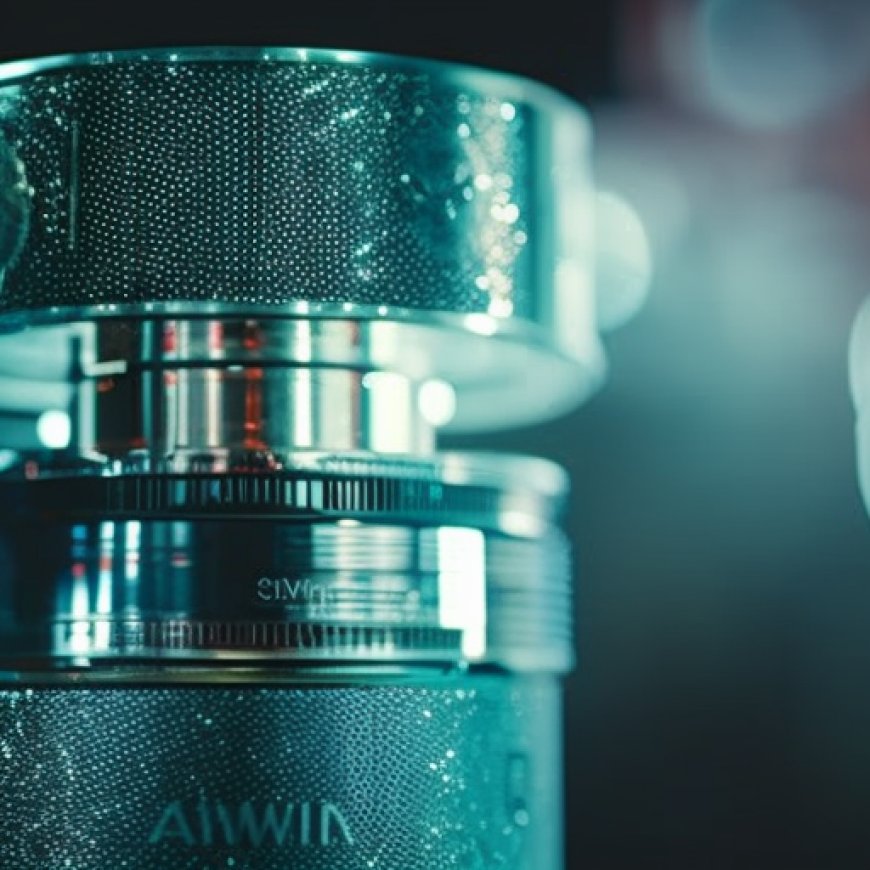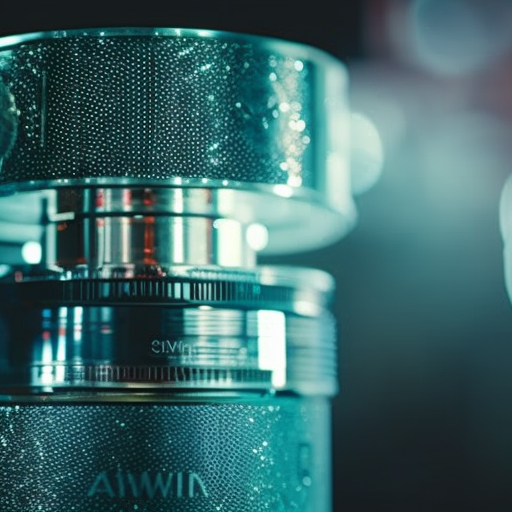Glass is half dirty?
Glass is half dirty? Bangalore Mirror


Parliament reply reveals stretches of Cauvery River that many Bengalurueans depend on for drinking water are highly polluted
Bengaluru residents relying on Cauvery River for drinking water may have reason for concern about its safety. The latest data released by the Centre has revealed alarming levels of pollution in certain sections of the river, particularly near Srirangapatna, downstream of the Krishna Raja Sagar dam.
The Minister for Environment, Forest, and Climate Change, Bhupender Yadav, disclosed that the Central Pollution Control Board (CPCB) has been closely monitoring water quality across various aquatic resources as part of the National Water Quality Monitoring Programme (NWMP). A staggering 4,484 locations in 28 states and seven Union Territories, including 2,108 locations along rivers, are being monitored in collaboration with State Pollution Control Boards and Pollution Control Committees, with Cauvery River among the focus areas.
The CPCB specifically tracks 62 locations along the River Cauvery on a monthly basis, including 33 locations in Karnataka and 28 locations in Tamil Nadu. Additionally, one location at the interstate point of Karnataka and Tamil Nadu (Ajibore) is monitored quarterly by the CPCB.
In a reply in the Parliament, the minister said, “The River Cauvery not only serves as a significant source of drinking water for Bengaluru but is also a vital water resource for major industrialized cities and towns, including Bengaluru and Mettur, Pallipalayam, and Komarapalayam in Tamil Nadu. Unfortunately, the riverbanks host various industrial establishments, such as chemical, dyeing, leather/tanneries, pulp & paper, sugar mills, printing, and bleaching industries, contributing to the pollution burden. The report from the year 2022 identifies two severely polluted river stretches on the Cauvery River, one in Karnataka and the other in Tamil Nadu, based on the analysis of water quality data using Biochemical Oxygen Demand (BOD) as a criteria for evaluation. In Karnataka, the stretch along Srirangapatna has a maximum BOD of 6.0 with a priority class of five.”
Ajit S, an activist, said the revelation of these polluted river stretches calls for urgent action. “Authorities need to act now to safeguard the water quality of Cauvery River and ensure that its waters remain safe for consumption.”
In Karnataka, the stretch along Srirangapatna has a maximum BOD of 6.0 with a priority class of five
–Bhupender Yadav, Minister
No water scarcity
As the monsoon weakens in the Cauvery catchment area, inflows to Krishnaraja Sagar reservoir have also reduced. Presently, the reservoir’s storage stands at 113.48 feet, which is below the full reservoir level of 124.80 feet. However, officials assure that despite not being filled to its maximum capacity, there is no immediate water crisis for Bengaluru. The city receives a daily supply of approximately 1,400 MLD of Cauvery water, amounting to a requirement of 1.6 TMC feet of water per month. At the moment, KRS has a storage capacity of 35.15 TMC feet, ensuring an adequate water supply for Bengaluru without any water scarcity concerns for this year.
SDGs, Targets, and Indicators
-
SDG 6: Clean Water and Sanitation
- Target 6.3: By 2030, improve water quality by reducing pollution, eliminating dumping and minimizing release of hazardous chemicals and materials.
- Indicator: Biochemical Oxygen Demand (BOD) levels in the Cauvery River.
-
SDG 9: Industry, Innovation, and Infrastructure
- Target 9.4: By 2030, upgrade infrastructure and retrofit industries to make them sustainable, with increased resource-use efficiency and greater adoption of clean and environmentally sound technologies and industrial processes.
- Indicator: Presence of industrial establishments along the riverbanks contributing to pollution.
Analysis
-
SDG 6: Clean Water and Sanitation
The article highlights the alarming levels of pollution in certain sections of the Cauvery River, which serves as a significant source of drinking water for Bengaluru and other cities. This relates to SDG 6, which aims to ensure availability and sustainable management of water and sanitation for all. Specifically, Target 6.3 focuses on improving water quality by reducing pollution. The article mentions that the Central Pollution Control Board (CPCB) has been monitoring water quality in the Cauvery River as part of the National Water Quality Monitoring Programme. The Biochemical Oxygen Demand (BOD) levels are used as a criteria for evaluating water quality, indicating the presence of pollutants in the river.
-
SDG 9: Industry, Innovation, and Infrastructure
The article also mentions the presence of various industrial establishments along the riverbanks, such as chemical, dyeing, leather/tanneries, pulp & paper, sugar mills, printing, and bleaching industries. This relates to SDG 9, which aims to build resilient infrastructure, promote inclusive and sustainable industrialization, and foster innovation. Target 9.4 specifically focuses on upgrading infrastructure and retrofitting industries to make them sustainable and environmentally sound. The presence of these industries contributes to the pollution burden in the Cauvery River.
Table: SDGs, Targets, and Indicators
| SDGs | Targets | Indicators |
|---|---|---|
| SDG 6: Clean Water and Sanitation | Target 6.3: By 2030, improve water quality by reducing pollution, eliminating dumping and minimizing release of hazardous chemicals and materials. | Biochemical Oxygen Demand (BOD) levels in the Cauvery River. |
| SDG 9: Industry, Innovation, and Infrastructure | Target 9.4: By 2030, upgrade infrastructure and retrofit industries to make them sustainable, with increased resource-use efficiency and greater adoption of clean and environmentally sound technologies and industrial processes. | Presence of industrial establishments along the riverbanks contributing to pollution. |
Behold! This splendid article springs forth from the wellspring of knowledge, shaped by a wondrous proprietary AI technology that delved into a vast ocean of data, illuminating the path towards the Sustainable Development Goals. Remember that all rights are reserved by SDG Investors LLC, empowering us to champion progress together.
Source: bangaloremirror.indiatimes.com

Join us, as fellow seekers of change, on a transformative journey at https://sdgtalks.ai/welcome, where you can become a member and actively contribute to shaping a brighter future.







